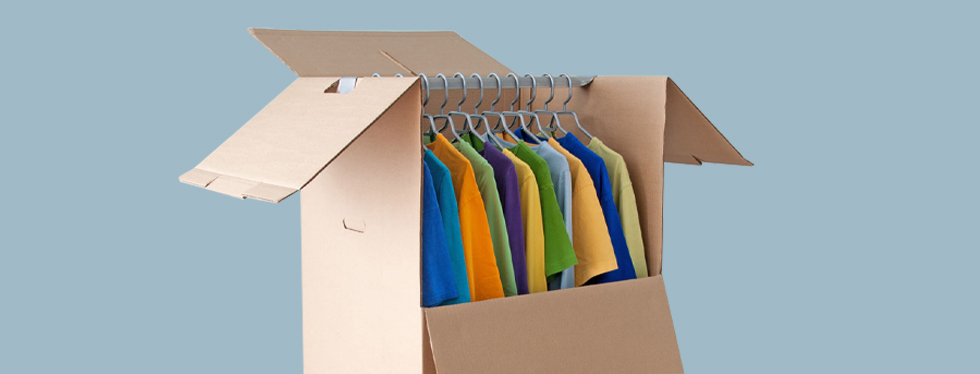10 Types of Garment Samples You Should Have For Apparel Production
In apparel production, garment sampling plays an integral role in engaging buyers. Somehow, we need our buyers to be satisfied with the product quality regarding design, style, and comfort requirements. If you can provide your potential clients with quality samples within reasonable pricing, nothing can stop them from placing an order from your store.

The garment sampling is necessary as it gives an idea of the cost that can be saved during manufacturing. The purpose of selection is not only to get the bulk production but also to get a precise estimation per piece. However, by going through the sampling process, you will assure the buyers not only about the quality of the samples but also the smooth shipment process, which helps them avoid all the bottlenecks.
There are multiple ways to go about different types of garment sampling. Going through this article, as a clothing sample makers, you will find the types of samples you should always have ready for your potential clients.
Different Types Of Garment Samples To Check Out
Several types of sampling conducted by apparel manufacturers are listed below. Let's dive into the details to explore each of them individually.
1. Proto Sample
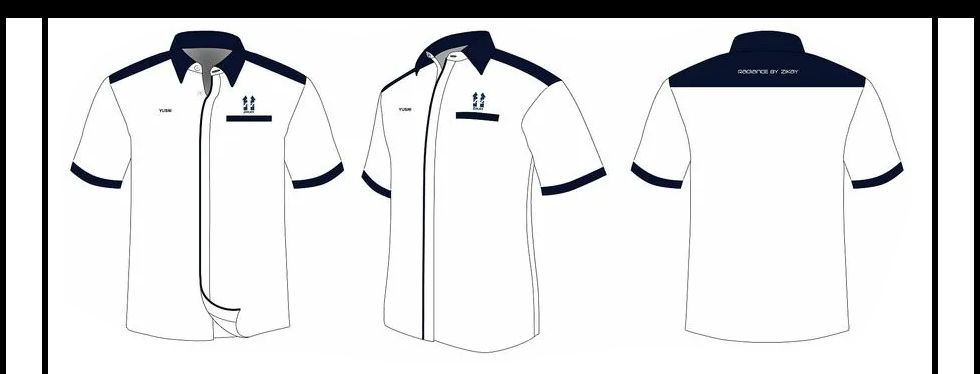
This prototype sample is not just a sample but also a Testman sample. It is made based on the buyer's design, style, and photo requirements. It is the first sample run by the company to check if they can make it or not fulfil their required demands.
Purpose and Functionality
As it undergoes various processes from fabric selection to sewing and printing, like our printing service, it is best to check whether it ensures medical and safety elements to the dress in a trial process. Additionally, the proto sample allows designers and stakeholders to analyze as it offers a tangible fitness to your body, ultimately reducing the risk of rejection from buyers and keeping their customers updated about its mass production.
2. Fit Sample
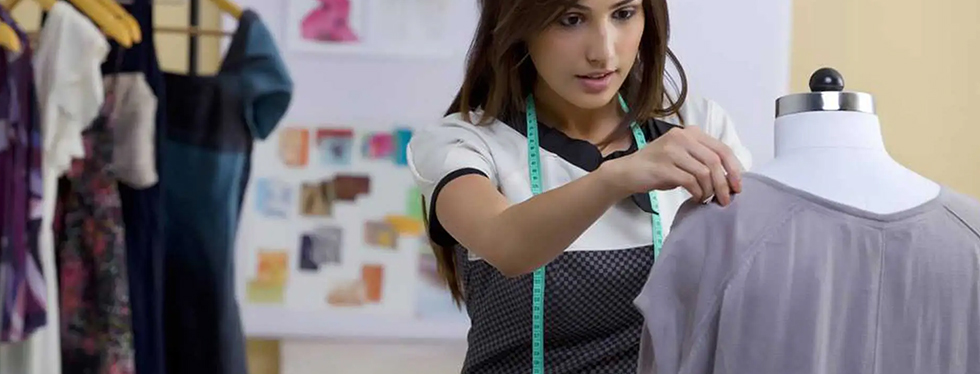
Fit samples are not just crucial in fitting, but right after getting the desired fitness, it is ready to go to the pre-production sample and the final production phase.
Purpose and Functionality
The primary purpose of the fit sample is to assess how well the initial design met the final requirement. This lets buyers check its versatility from the initial length and height to the actual specification. Furthermore, this sample is made on the buyer's natural choice, allowing them to find how the fabric is crafted. It also provides insurance for the dress regarding washability and durability as it runs through several processes.
3. Mock-up Sample
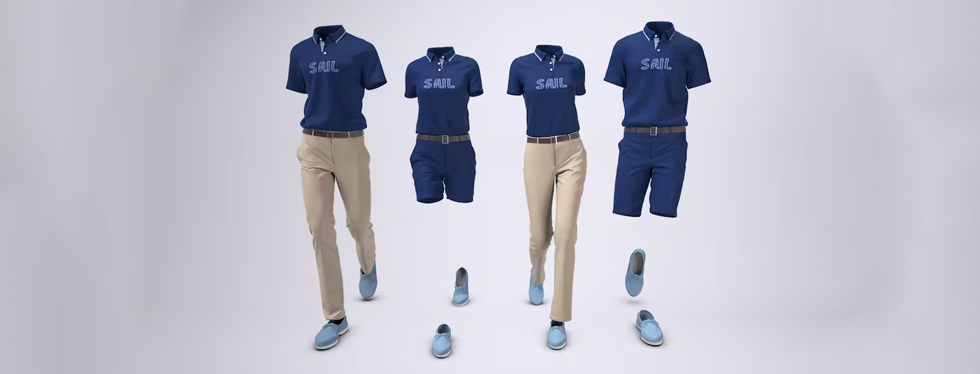
The mock-up sample plays a pivotal role in the development process, as it is the prototype and model sample designed to sketch the overall design and style before the production phase.
Purpose and Functionality
A mockup sample serves as a tool for collecting meaningful information about the visual representation of the actual design. Also, it removes the hassle from the mind of end production to evaluate how their required design will look at the end product.
4. Size Set Sample
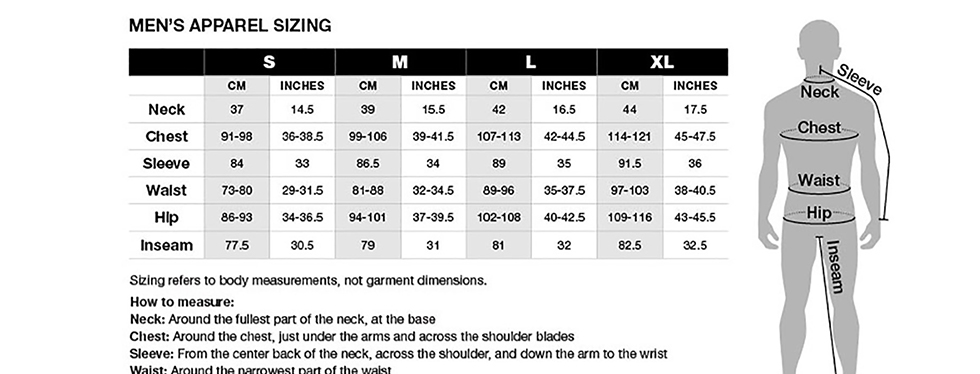
The set size sample is a collection of garments representing a particular design and style available in various formats. If the technical team finds errors, they make corrections until they get the correct fit.
Purpose and Functionality
The primary purpose of a size set sample is to check whether the garment allows comfort, style, and fitness across a range of designs. It ensures the manufacturer that your garment reflects the desired body shape of the target market.
5. Salesman Sample
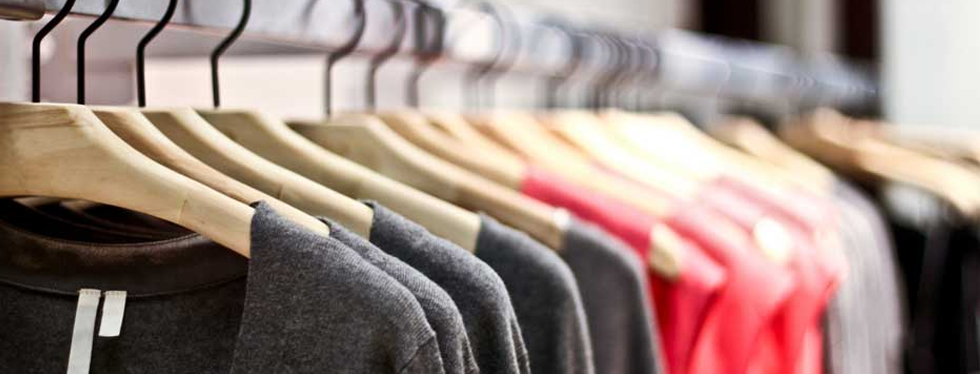
Salesman sample facilitates the buyer's engagement by using the actual design ready to showcase and promote the unique design to the entire market.
Purpose and Functionality
This sample is a powerful tool during marketing; it gives the manufacturer confidence in getting a quality control perspective for the sales pitch.
6. GPT Sample
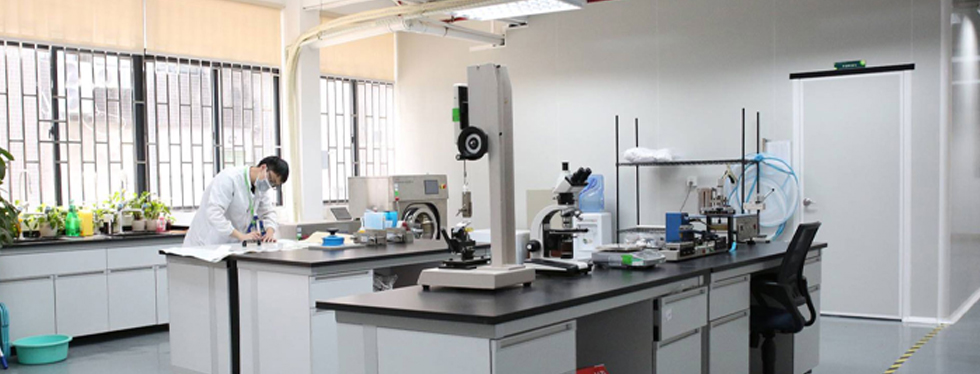
The GPT samples are used to run various tests before running to the production style; testing included seam strength, seam slippage, wash fastness, and colourfastness.
Purpose and Functionality
GPT sample provides an opportunity to facilitate the manufacturer and buyer about the chemical and shrinkage testing of the garment.
7. Pre-production Sample
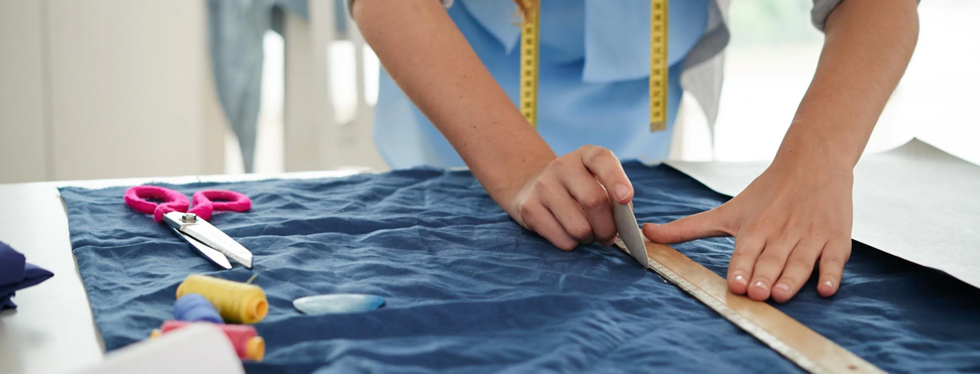
Fit samples are not just crucial in fitting, but right after getting the desired fitness, it is ready to go to the pre-production sample and the final production phase.
Purpose and Functionality
The primary purpose of the fit sample is to assess how well the initial design met the final requirement. This lets buyers check its versatility from the initial length and height to the actual specification. Furthermore, this sample is made on the buyer's natural choice, allowing them to find how the fabric is crafted. It also provides insurance for the dress regarding washability and durability as it runs through several processes.
8. TOP Sample
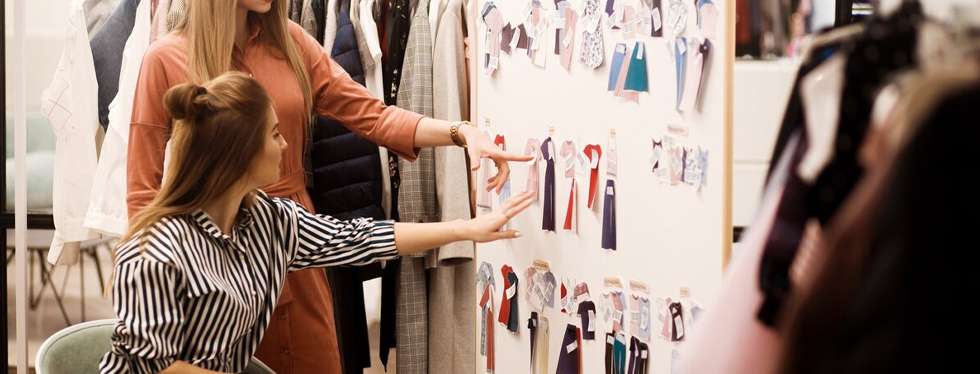
As abbreviated, the top production samples are sent to the buyers as the initial representation of the final manufacturing, with the QA suggestions.
Purpose and Functionality
Their primary purpose is to check whether the sample is similar to the pre-production phase.
9. Gold Sealed Sample
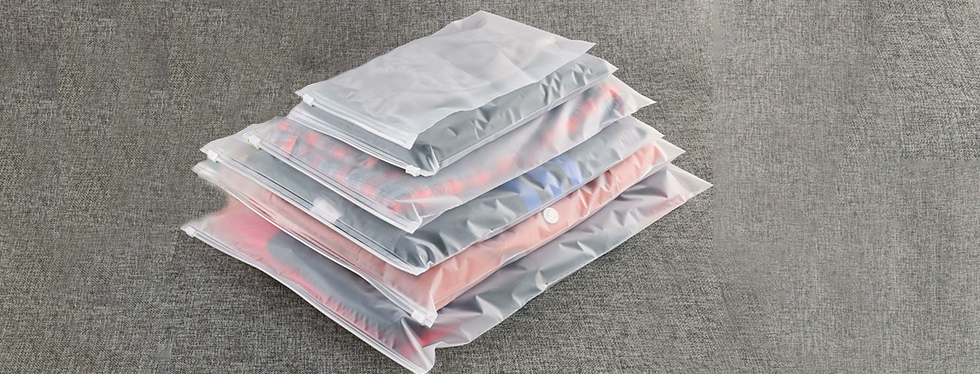
Once the brand approves the PP, they are securely sealed at the factory to remove it from the tampering.
Purpose and Functionality
Gold-sealed samples are also called red-sealed models, as the red-coloured tag is attached to the seal. They work as standard for bulk production as the PP does.
10. Shipment Sample

This sample refers to capturing all the details of the finished garment that will go to the store.
Purpose and Functionality
According to the report by the compliance centre, some clarification is required on how to classify the shipment sample in the US. A lot of travelling is done to collect and test different models. Undoubtedly, this hard work is done so that the pieces are of the highest quality. The company also keeps them to analyze it for future reference.
How To Find A Sample Sewer Garment For Your Brand
Since you are in the apparel production game and looking forward to having quality samples at your doorstep, you must get them stitched perfectly. If you are looking for a sample sewer for your garment production, Tech Pack Design Services has several tips on finding the proper stitcher or professional designer according to your needs. Before we embark on ways you can find the perfect tailor, follow the most crucial step first.
Define Your Needs
The first and foremost thing is to define what your needs are. Which type of sewer are you looking for? What is the fabric you are using for your brand? What is your desired fit? Once you know what you are looking for, search the sewer on the following platforms.
Online platform
There are several online platforms like Upwork, fiver, or Freelance where experienced garment sewers offer their services. Reviewing their profile lets you quickly find the best specialist for your needs.
1. Social Media
Websites like Facebook, Instagram, and LinkedIn are the best platforms to search; with the hashtag the garment sample sewer or sample making, you can find a designer or maker who shares your interests.
2. Professional Forums & Agencies
Participating in professional forums and agencies can be a daunting experience, especially if you are new. Collaborating with professionals who specialize in the types of sample in garment industry will help you find the best sample sewer for you.
3. Word of Mouth
Ask for personalized help from emerging businesses in the fashion industry, as personalized recommendations help find valuable sewers for your brand.
Conclusion
While summing up, the process of garment sampling depends on the buyer's diverse needs. There are different kind of garments sample in the apparel industry. You may need to have different types of models for other buyers. All you need is to understand your buyer's requirements and develop a suitable sample from the list we discussed to convert your potential buyer into a permanent client.
Further, taking your samples to the next step is sewing them to perfect according to your buyer's requirements. Get them stitched with the help of professionals in the industry, and amaze your buyers with your eye-catching samples. We wish you the best of luck with your journey in the apparel industry!
